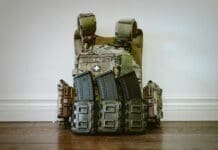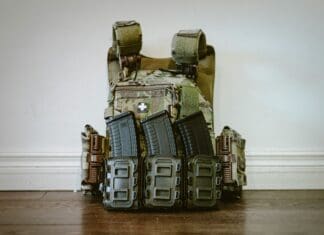
This post is also available in:
 עברית (Hebrew)
עברית (Hebrew)
The U.S. military wants to develop high-power microwave amplifiers that generate enough electromagnetic radiation to disrupt, disable, or damage targeted electronic components and circuits.
Defense Advanced Research Projects Agency (DARPA) has issued a broad agency announcement for the Waveform-Agile RF Directed Energy (WARDEN) electronic warfare project. The goal of WARDEN is to extend the range of high power microwave (HPM) back-door attack by a factor of 10 beyond the current state of the art.
The project also seeks to develop theory and computational models to describe the coupling of electromagnetic radiation into complex enclosures and to develop agile waveform techniques that can cause damage to enemy electronics.
Agile waveforms refer to time-dependent signals that combine frequency, amplitude, and pulse-width modulations to make the most of coupling into a complex enclosure, and are optimized to produce disruptive effects on internal electronic components and subsystems.
The WARDEN electronic warfare (EW) program has three technical areas: high-power microwave traveling-wave amplifier; rapid assessment and numerical generation of electromagnetic response (RANGER); and agile waveform development. The high-power microwave traveling-wave amplifier and agile waveform portions are classified, and the Ranger portion is not.
DARPA researchers expect to spend about $51 million over the four-year duration of the WARDEN program, and involve several contractors, according to militaryaerospace.com.
























